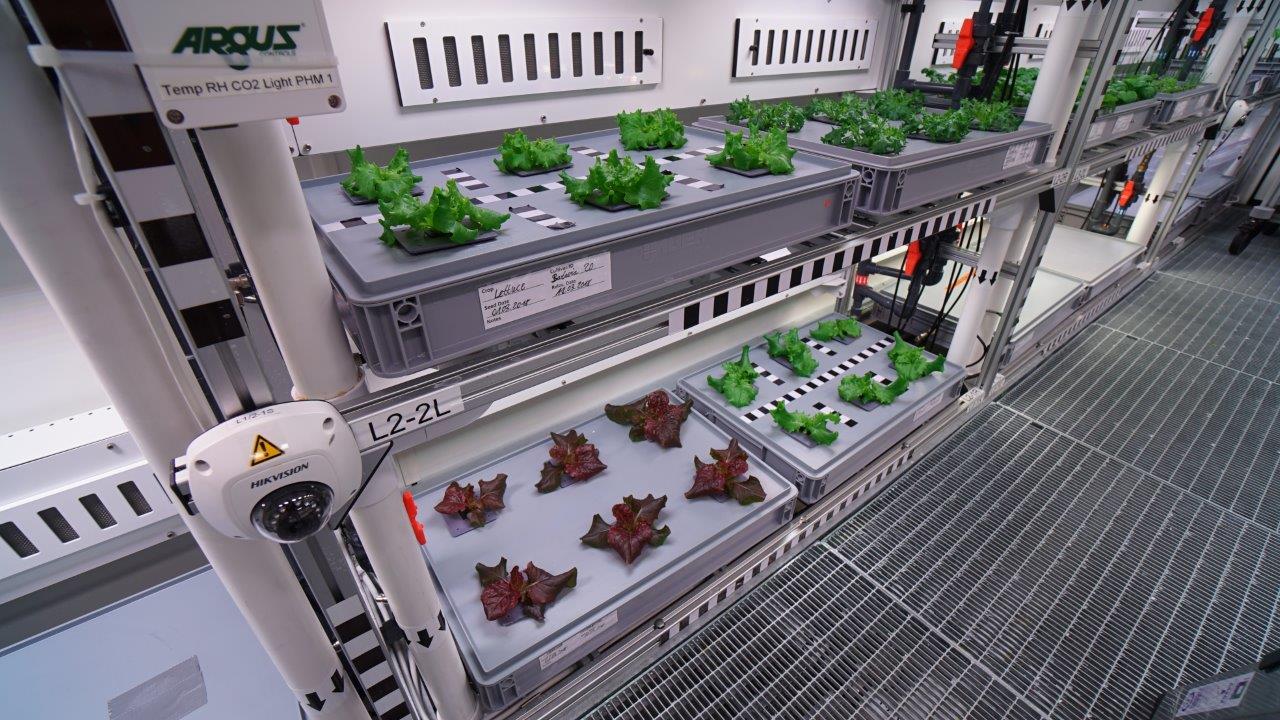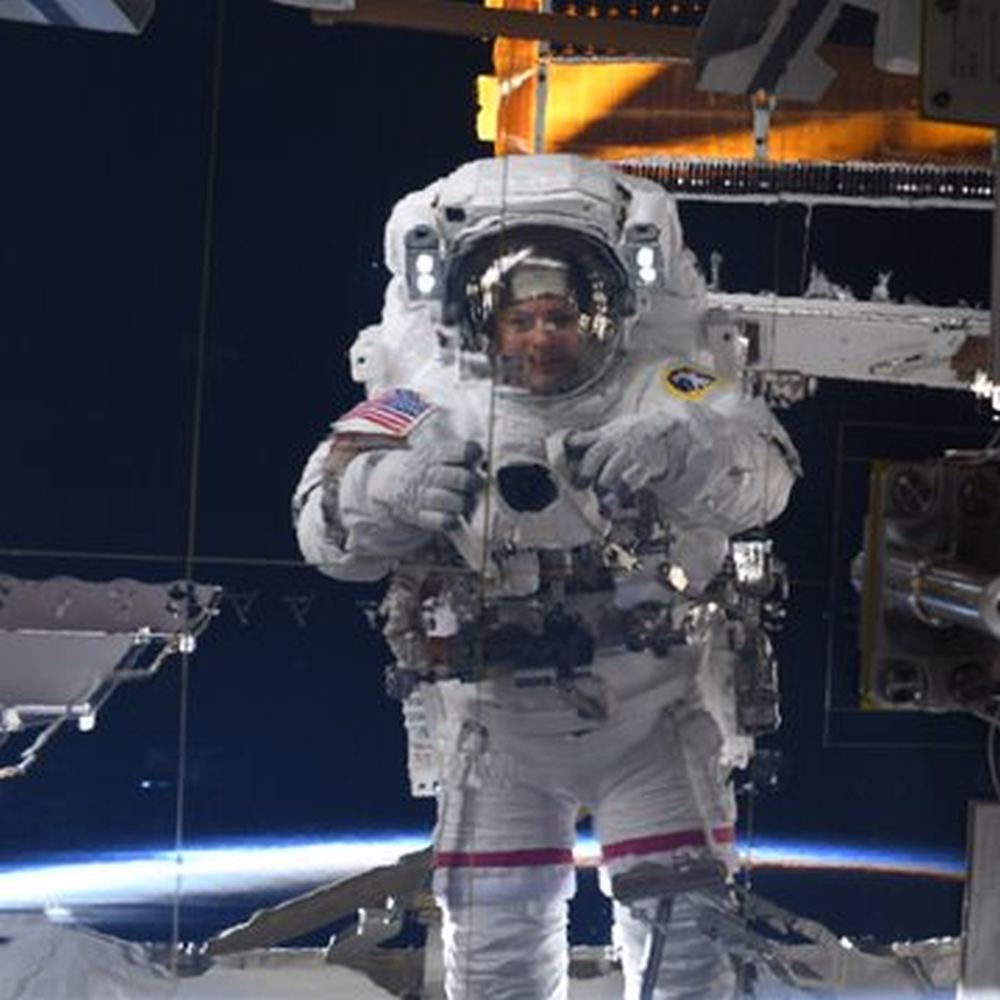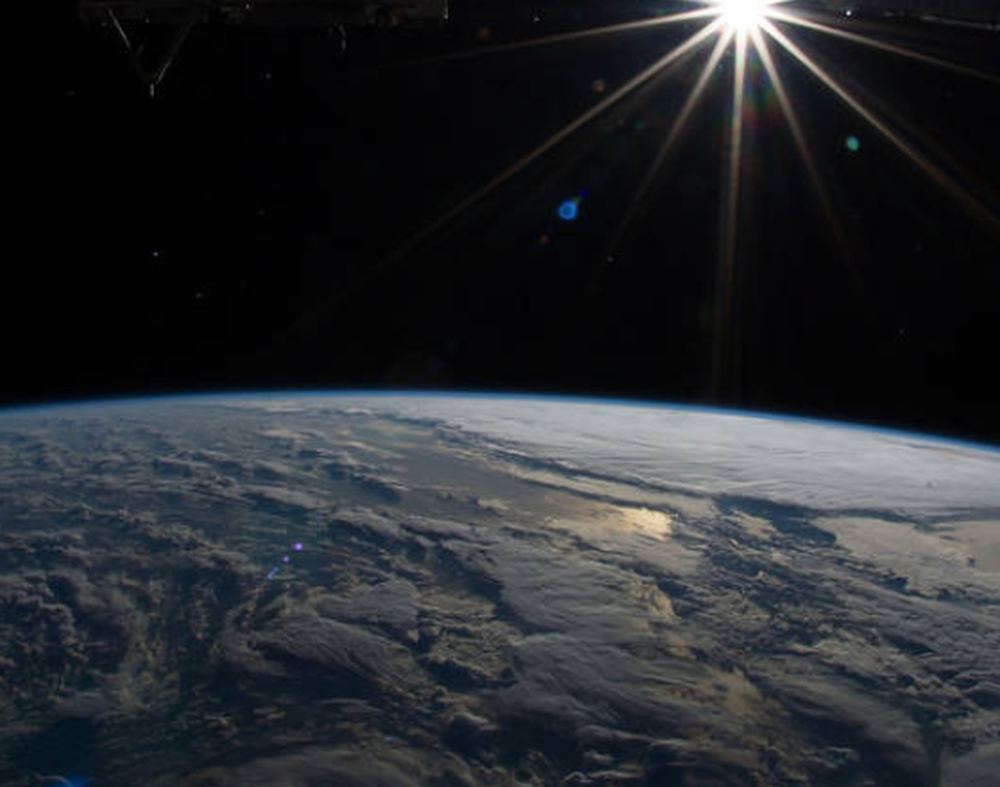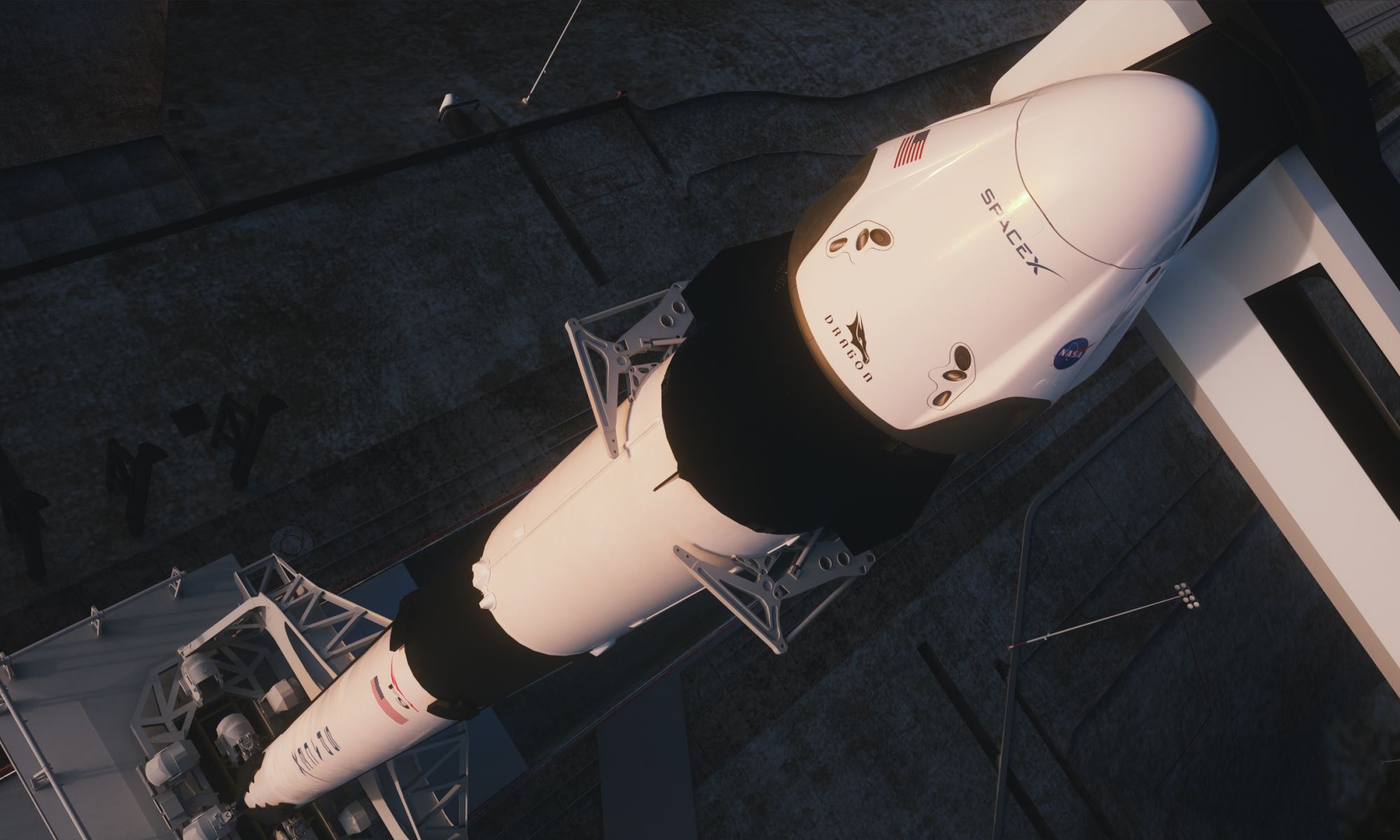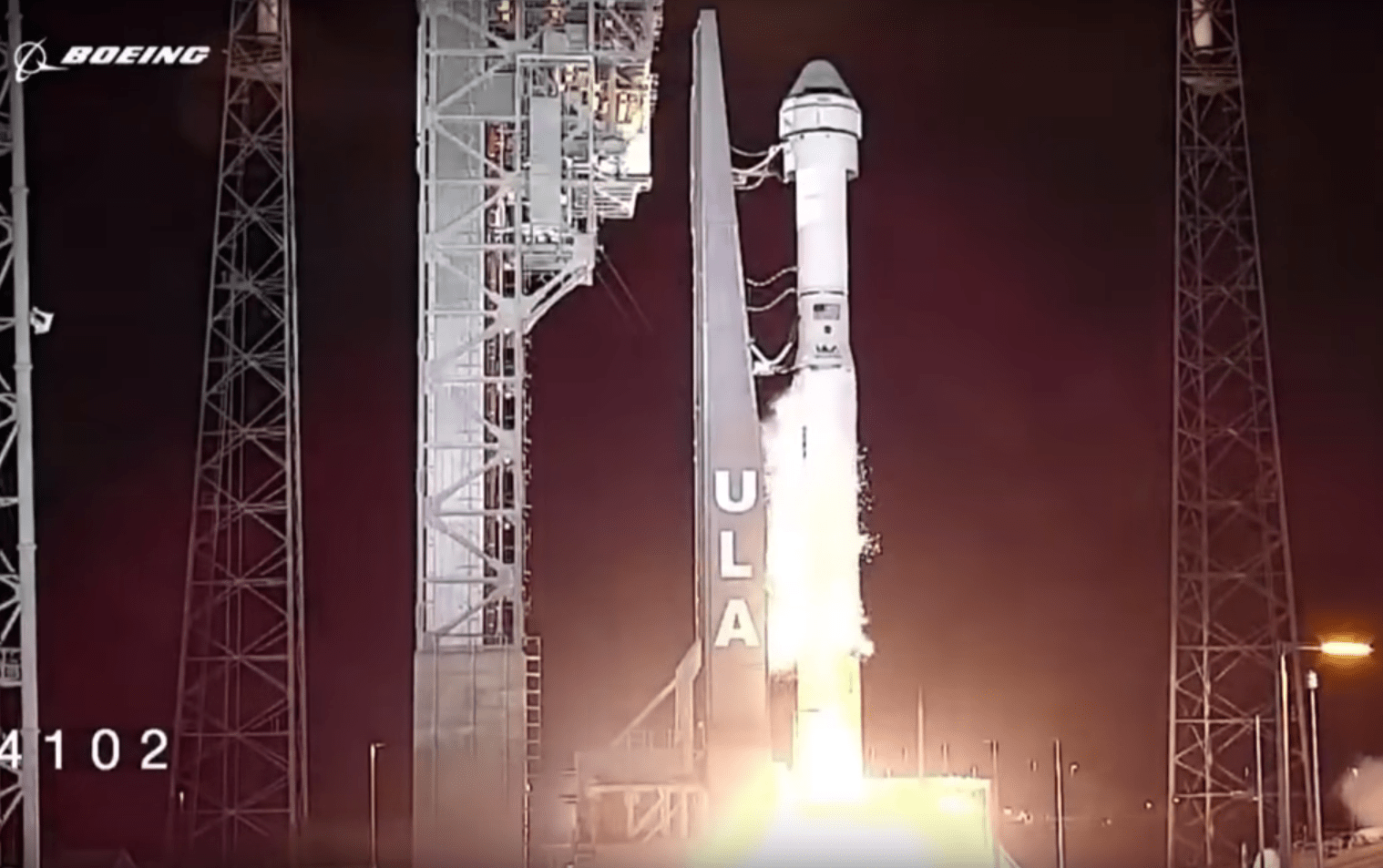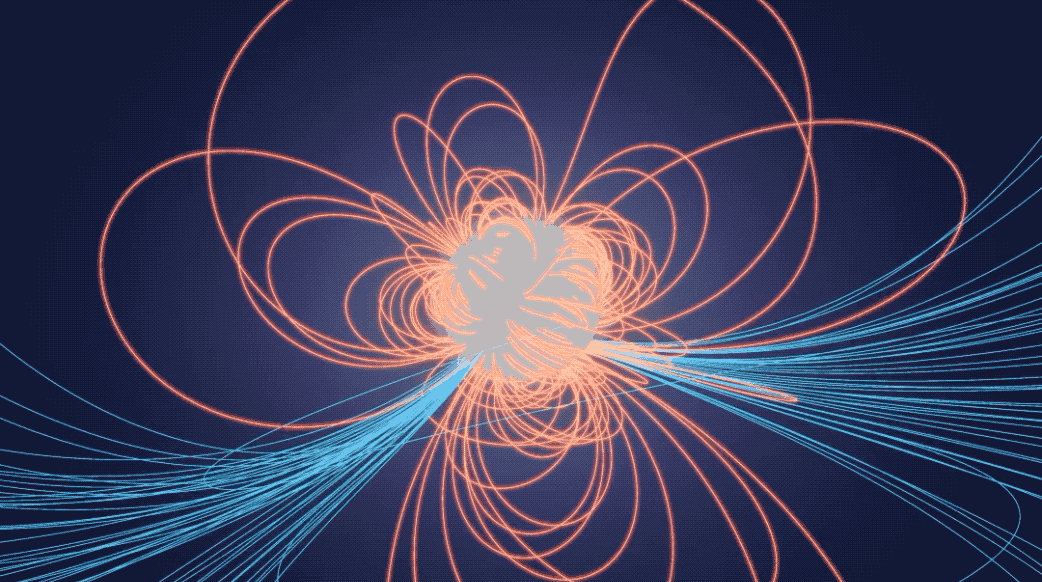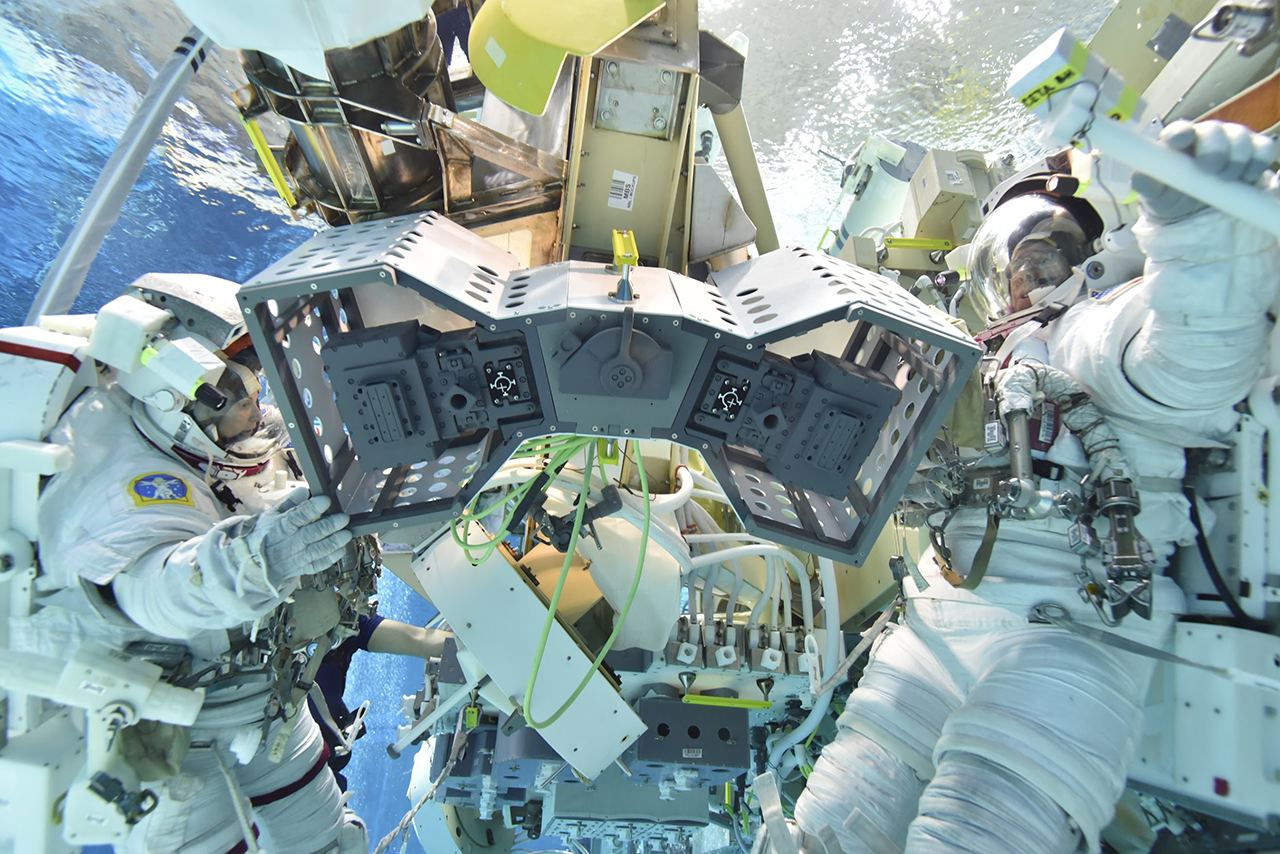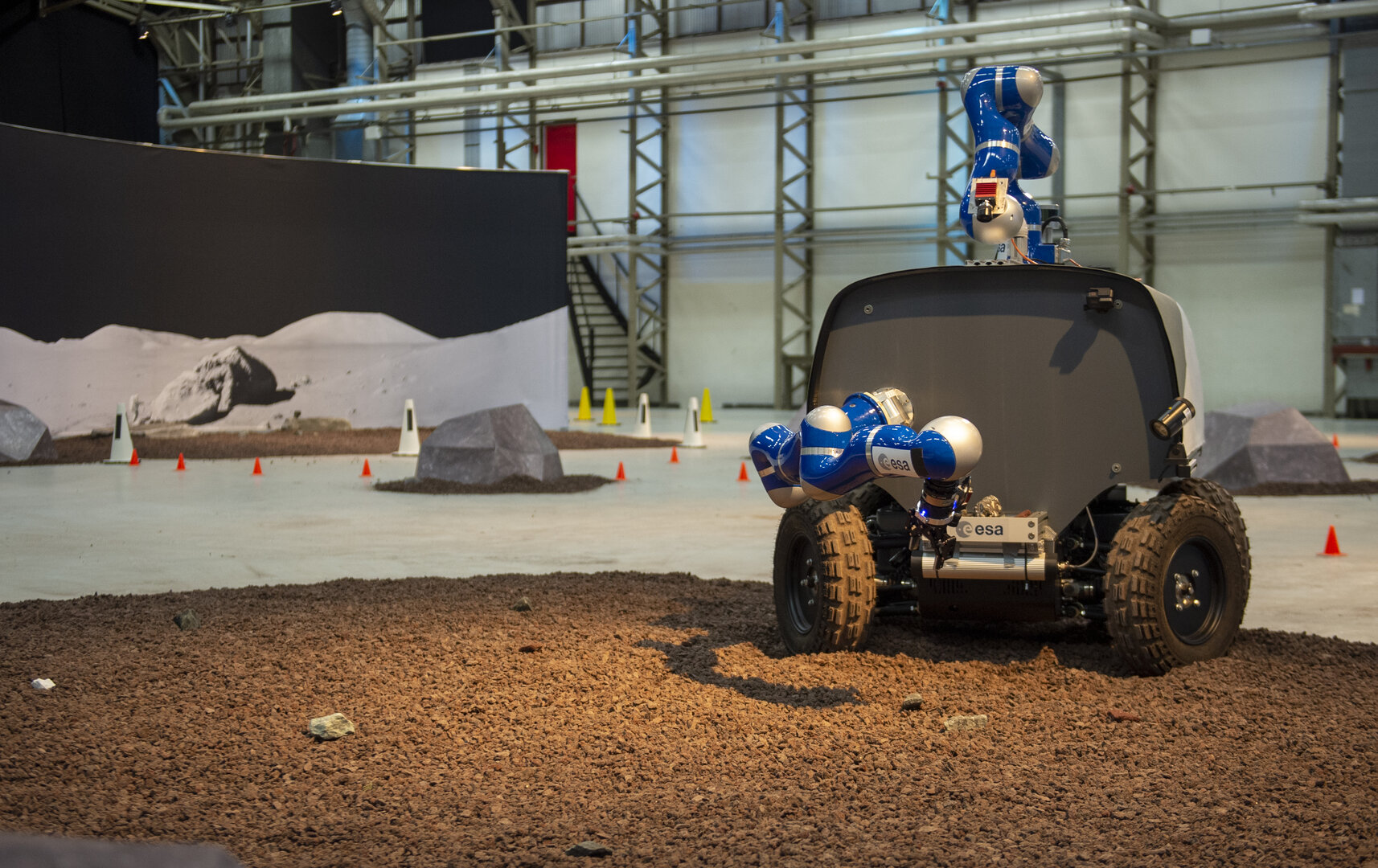If humanity is going to become a spare-faring and interplanetary species, one of the most important things will be the ability of astronauts to see to their needs independently. Relying on regular shipments of supplies from Earth is not only inelegant; it’s also impractical and very expensive. For this reason, scientists are working to create technologies that would allow astronauts to provide for their own food, water, and breathable air.
To this end, a team of researchers from Tomsk Polytechnic University in central Russia – along with scientists from other universities and research institutes in the region – recently developed a prototype for an orbital greenhouse. Known as the Orbital Biological Automatic Module, this device allows plants to be grown and cultivated in space and could be heading to the International Space Station (ISS) in the coming years.
Continue reading “Future Astronauts Could Enjoy Fresh Vegetables From an Autonomous Orbital Greenhouse”
